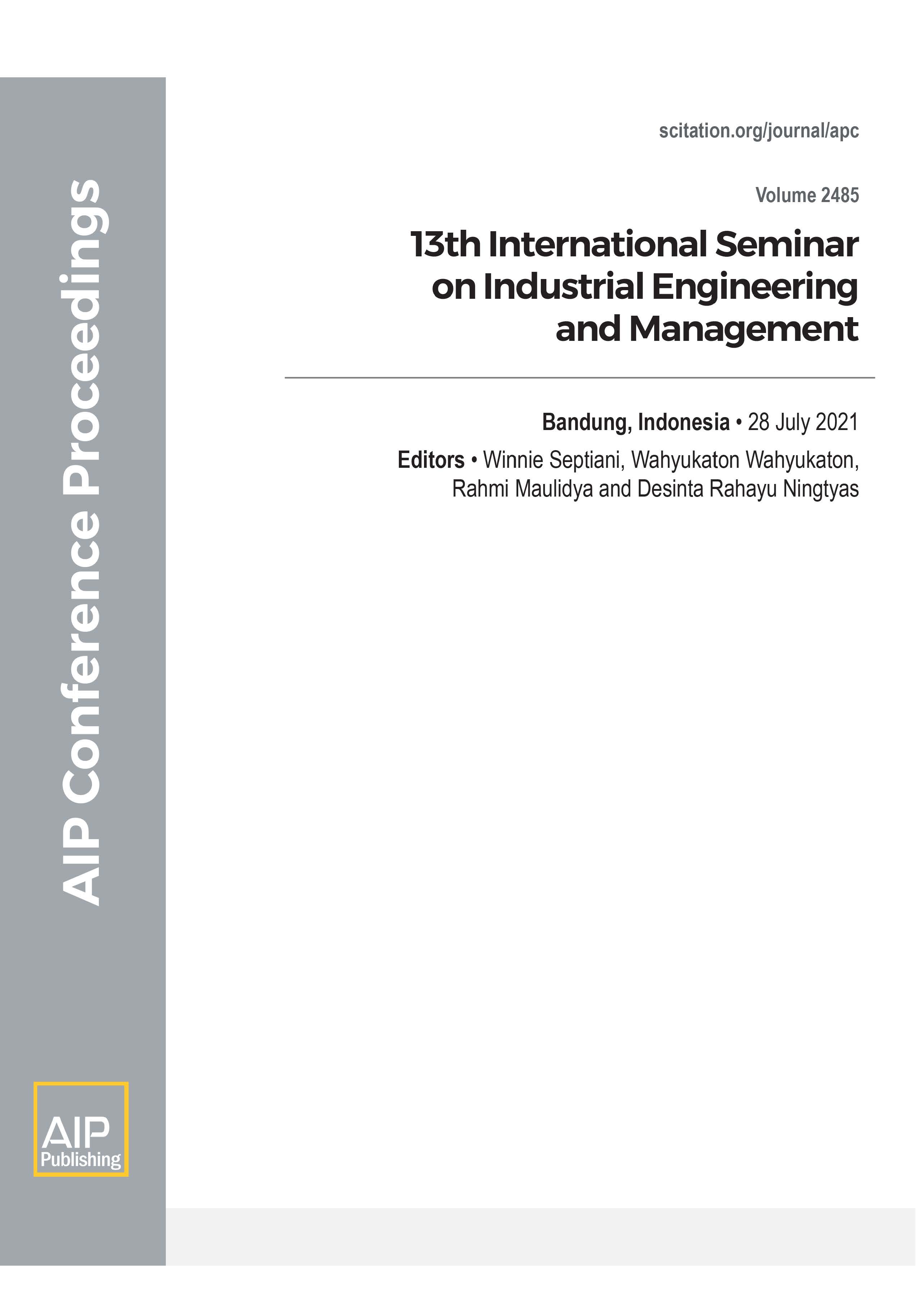
A seismic-surveying activity is one of the important activities in oil and gas exploration to determine the hydrocarbon content beneath the Earth's surface. Furthermore, the government will pay the cost of exploration activities through cost recovery on the condition that the company is able to find commercial oil and gas reserves. The purpose of this study is to assist companies in deciding for conducting seismic-surveying activities to reduce losses in oil and gas exploration. The methods employed to evaluate this decision were the decision tree and utility functions. After carrying out brainstorming with experts in the field of oil and gas exploration, three alternative decisions were proposed: conducting drilling without carrying out seismic surveys, with 3D seismic surveys, and with seismic surveys through the Exploration Joint Venture Agreement (EJVA). The desired criterion is maximum company profit. Meanwhile, the uncertainties that may occur are the success in finding the reservoir or failing (finding dry hole). Moreover, the results of the interpretation of the seismic structure predictions indicated high and low structures with reservoir categories at high, best, and low levels. The alternative evaluation was determined using the calculation of the Expected Monetary Value and Utility Function which provides options regarding the preferences for decision-makers. The results of the calculation indicated that the EJVA-seismic survey provides the highest value, namely 40,980,915.81 USD. Meanwhile, the VP exploration preference for the EJVA-seismic surveys was 0.403. Therefore, the recommended alternative for the company is to carry out an EJVA-seismic survey to minimize the risk of company losses in oil and gas exploration.

Oleh :
Winnie Septiani